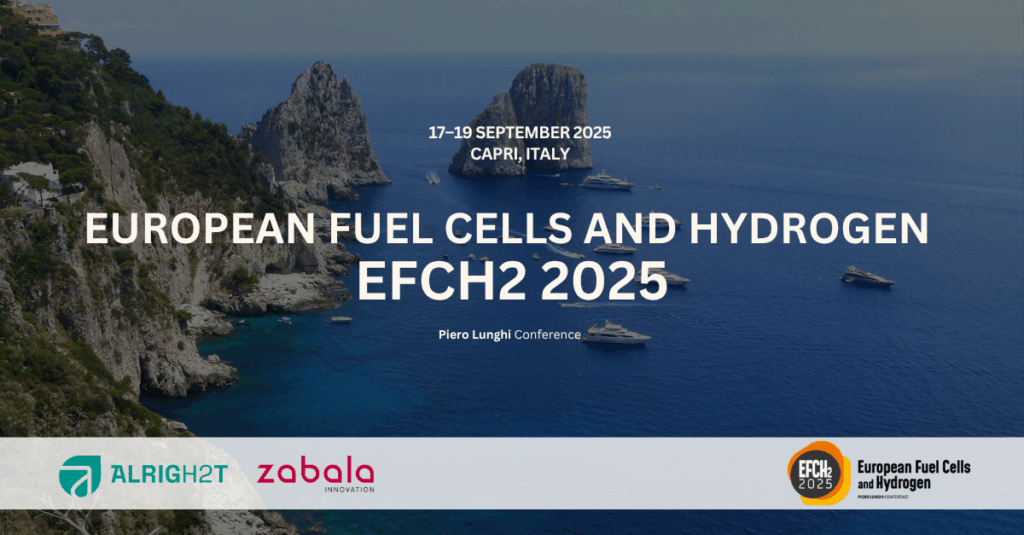- The online workshop hosted on June 11 was dedicated to showcasing and refining the two innovative refueling techniques being developed under the project: direct liquid hydrogen refuelling and liquid hydrogen tank swap modular technology
The aviation industry is on the verge of a clean energy revolution with hydrogen emerging as a key fuel source. Two primary refuelling technologies are under consideration within ALRIGH2T project: direct liquid hydrogen refuelling and liquid hydrogen tank swap modular technology. Each technology has unique advantages and challenges, and their application will depend on factors such as infrastructure costs, flexibility, and safety.
In this context, the ALRIGH2T project held its first workshop dedicated to showcasing and refining these two innovative refuelling techniques being developed and focused on throughout the four-year project. Hosted online on June 11, the session saw active participation from various consortium members. This collaborative effort led to insightful discussions about both methods, delving into critical aspects as the project enters its sixth month. Participants discussed the project’s overarching objective: developing robust and complementary refuelling solutions capable of meeting commercial aviation’s stringent requirements while upholding rigorous safety standards.
Highlights of the workshop
Under the umbrella of Work Package 2, “Technical Specifications and Techno-Economic Boundary Conditions”, the workshop focused on advancing the two refuelling techniques and methods under investigation in the project.
SEA Milan presented the direct refuelling technique, showcasing the jet fuel refuelling process and highlighting the key steps identified for future modifications to accommodate liquid hydrogen. Following this, Universal Hydrogen provided an overview of their modular hydrogen technology, currently undergoing rigorous testing. Throughout the session, discussions initiated a review of existing safety regulations pertinent to these refuelling methods, underscoring their pivotal role in achieving project milestones.
Future paths and challenges ahead
Led by Piaggio Aerospace with collaborative input from technical partners, Work Package 2 is progressing smoothly, with robust engagement and dedication from all participants, remarked Gianvito Apuleo, a researcher at Piaggio Aerospace, expressing optimism during the session.
Looking ahead, the work package anticipates delivering two pivotal reports in the coming weeks. The first report, D2.1, titled “Ground-based LH2 refuelling Technological Risk Assessment and Roadmap” will scrutinize potential risks and chart a developmental trajectory for refuelling technologies. The second, D2.2, “Commercial H2 Aircraft Operations Market Studies” will assess the economic viability of hydrogen-powered aircraft operations. These reports are poised to play a critical role in shaping the project’s strategic roadmap and future initiatives.
As the project moves forward, stakeholders face significant challenges, including aligning on shared technical and economic boundaries and identifying key performance indicators essential for equitable technology comparisons. Conversations will centre on minimizing fuel loss during transfers and mitigating impacts on critical airline metrics such as operational costs and turnaround times.
Apuleo further emphasized, “by addressing these challenges, ALRIGH2T aims to facilitate the seamless integration of hydrogen refuelling, ultimately contributing to a more sustainable future for the aviation industry and air travel“.
The ALRIGH2T project stands as a testament to collaborative innovation in the pursuit of greener aviation solutions, paving the way for a cleaner, more sustainable future in air transportation and being a reference in the transport sector.



